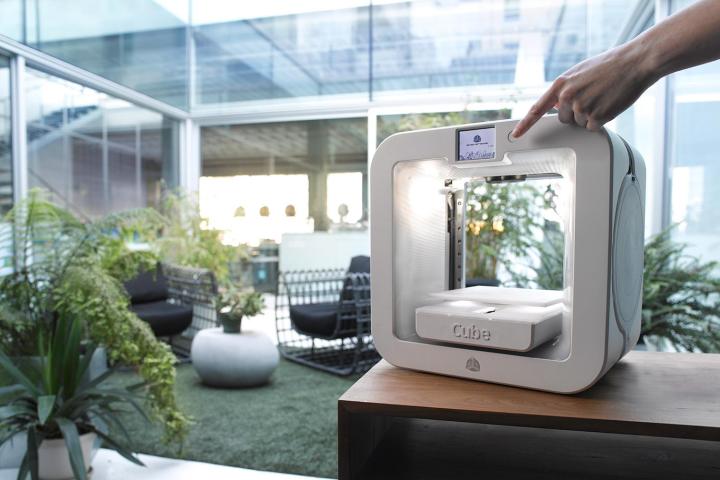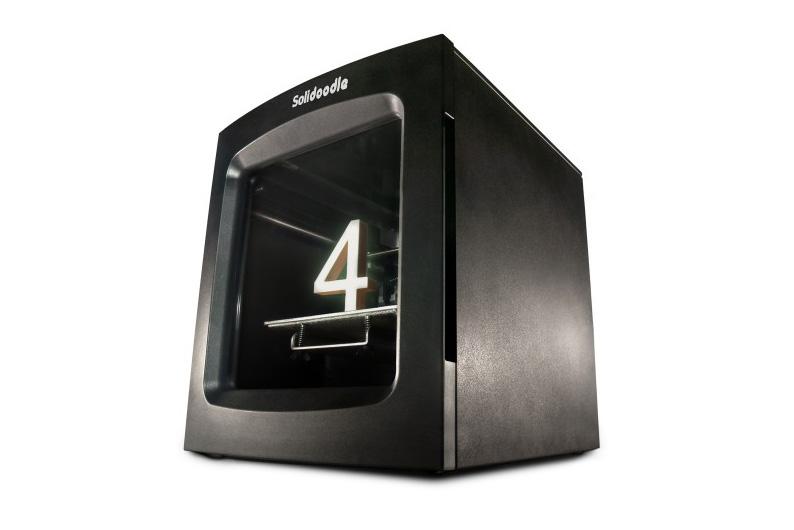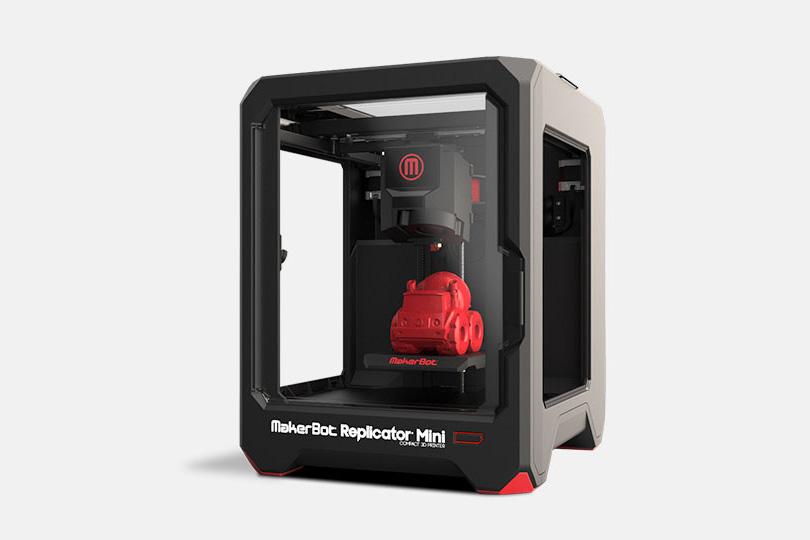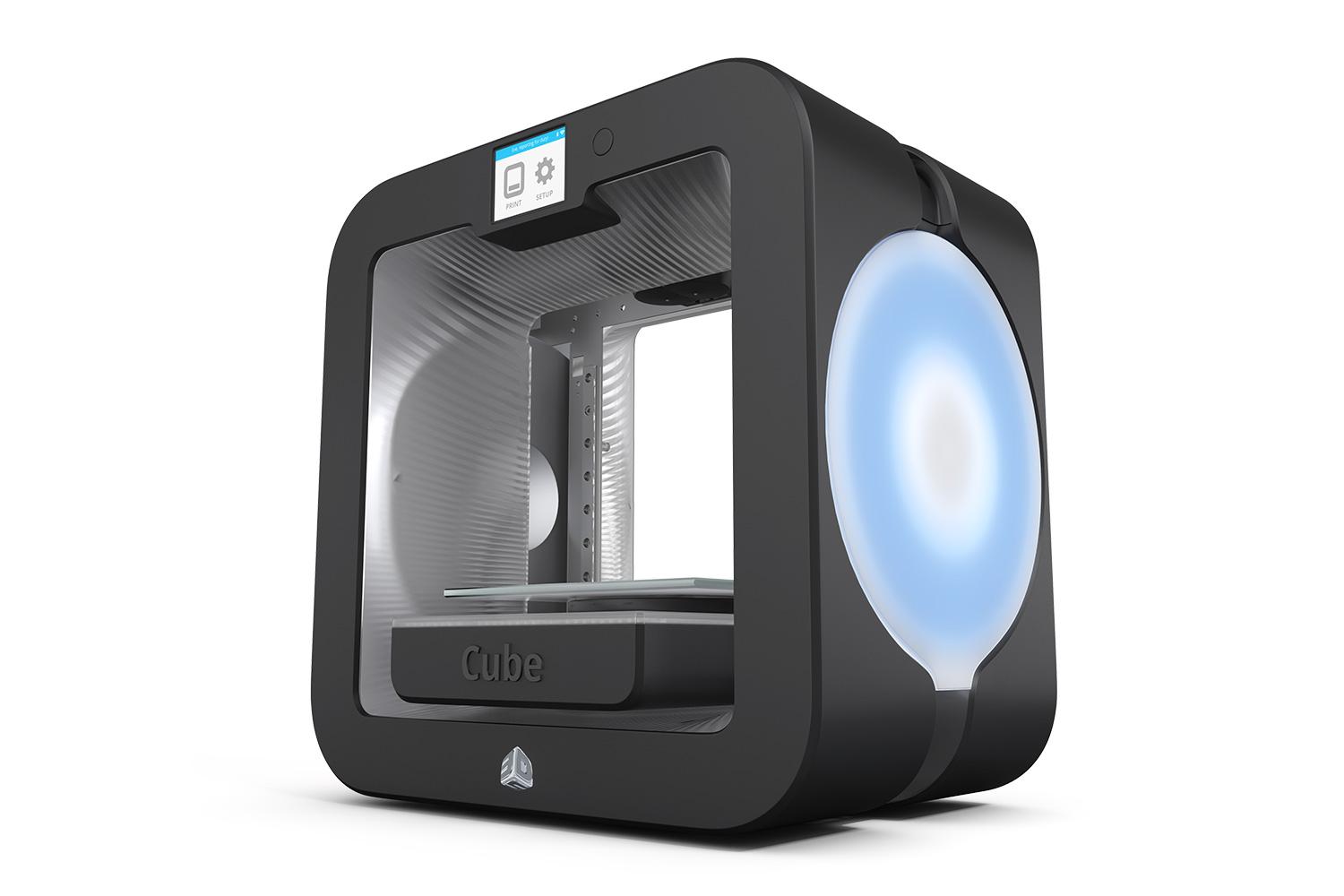
This week, dozens of companies will descend upon the Javits Center in New York City for Inside 3D Printing, one of the biggest conferences devoted to the emerging technology. Of course, “emerging” is perhaps a bit of a misnomer for a technology that’s been around in some form or another for 30-plus years. Since the technology was first commercialized in the 80s, it’s found a good amount of success amongst industrial clients in the form of rapid prototyping, which has allowed companies like Boeing and Nike to generate builds of products during the development process.
Printers from companies like MakerBot and 3D Systems let you send models from your smartphone to your printer.
The complaints started flooding in almost immediately from irritating or downright angry companies wondering why I had neglected to include them. I realize this apology is a bit belated, but let me assure you all it wasn’t intentional: From the viewpoint of the casual observer, the industry exploded overnight, and between venture-funded startups and Kickstarter campaigns, there are seemingly new entrants every day.
Nearly all of these companies seem united by the desire to become the brand that truly brings consumer 3D printing into the mainstream. But so far, many 3D printing stories in the mainstream have fixated on science fiction, like the treat of 3D-printed guns. Those aren’t the sort of stories that get people lining up at Best Buy at four in the morning on Black Friday for 3D printers.

So, will 3D printing ever become a mainstream technology? Maybe, if it can clear these roadblocks standing in its path from Makerfairs to living rooms.
Knowledge
By now your mom and dad have, at the very least, at least heard about 3D printing. The question is what they know about it. Unless they keep check on gadget blogs and the like, the answer is probably not a lot. And, as mentioned above, what they do know is probably not positive. Those heartwarming stories about 3D-printed prosthetics, sadly, will just never have the 24-hour news network draw of the guy who printed his own gun at home.
Speaking as someone who has written for his share of mainstream news outlets, I can honestly say that this will be a particularly tough nut to crack. Such publications will never devote resources to the technology until it goes mainstream, but without such coverage, a mainstream breakthrough will be extremely difficult. The solution, however, may rise in the spread of 3D printing in education. Remember Apple’s aggressive push to school computer labs? Put 3D printers in the hands of students and you can bet parents will hear about them.
Usability
This is a biggie. Again, we turn to Apple’s example. Over the years, the company hasn’t always been the first or even the best to create a product, but the company has a remarkable track record when it comes to making things accessible. In 2014, even the most popular 3D printing companies still have a ways to go on that front – but they’re unquestionably making progress. A few years back, it would have been difficult to conceive of 3D printing an object without some knowledge of 3D modeling CAD software. Flash forward to CES this year and you’ve got multiple printers from companies like MakerBot and 3D Systems, which let you send models from your smartphone to your printer. It’s an extremely impressive leap in a few short years, but there’s still much to be done on the software and hardware front. Until 3D printers become as easy to operate as a microwave oven or TV, mainstream adoption will likely continue to remain elusive. At the current state of development, however, such products seem only a generation or two away.
Price
Companies have also made a great deal of progress on this front in recent years. It’s still a relative rarity, but there are multiple options from companies like Solidoodle and 3D Systems. Interestingly, MakerBot, generally considered the leading light in the push toward mainstream 3D printing, has maintained premium pricing for its latest flagship Replicator. The company has, however, also introduced a cheaper (and decidedly smaller) option in the form the $1,375 Mini. Even that seems like a tough sell for most, at several times the price most paid for their last smartphone.
Functionality
This will continue to be a tough one. My stock answer to the question of whether people should buy a 3D printer has long been, “If you’re looking for a gadget that will pay for itself, this isn’t it.” I’ve seen some very compelling arguments for 3D printers in home, like the creation of stove knob that’s been long-since discontinued. Neat, sure, but hardly enough to justify the cost of a 3D printer to most — nor is the ability to create original art or prototype products for home businesses. For the vast majority of consumers, there just isn’t a killer application for these products yet.
So, yeah, we’re still a ways off on all of the above counts. But we’re getting there, and pretty quickly, to boot. For evidence, take a look at the Cupcake CNC. That was MakerBot’s first product, released in 2009 as a kit the user needed to assemble his or herself. The company — and the rest of the industry — has made a tremendous amount of progress in the intervening half-decade, no doubt pushed by increasing competition. Any truly mainstream 3D printer will have to address all of the above concerns. Given the amount of progress the industry has made thus far, such a product may not be another five years off.





